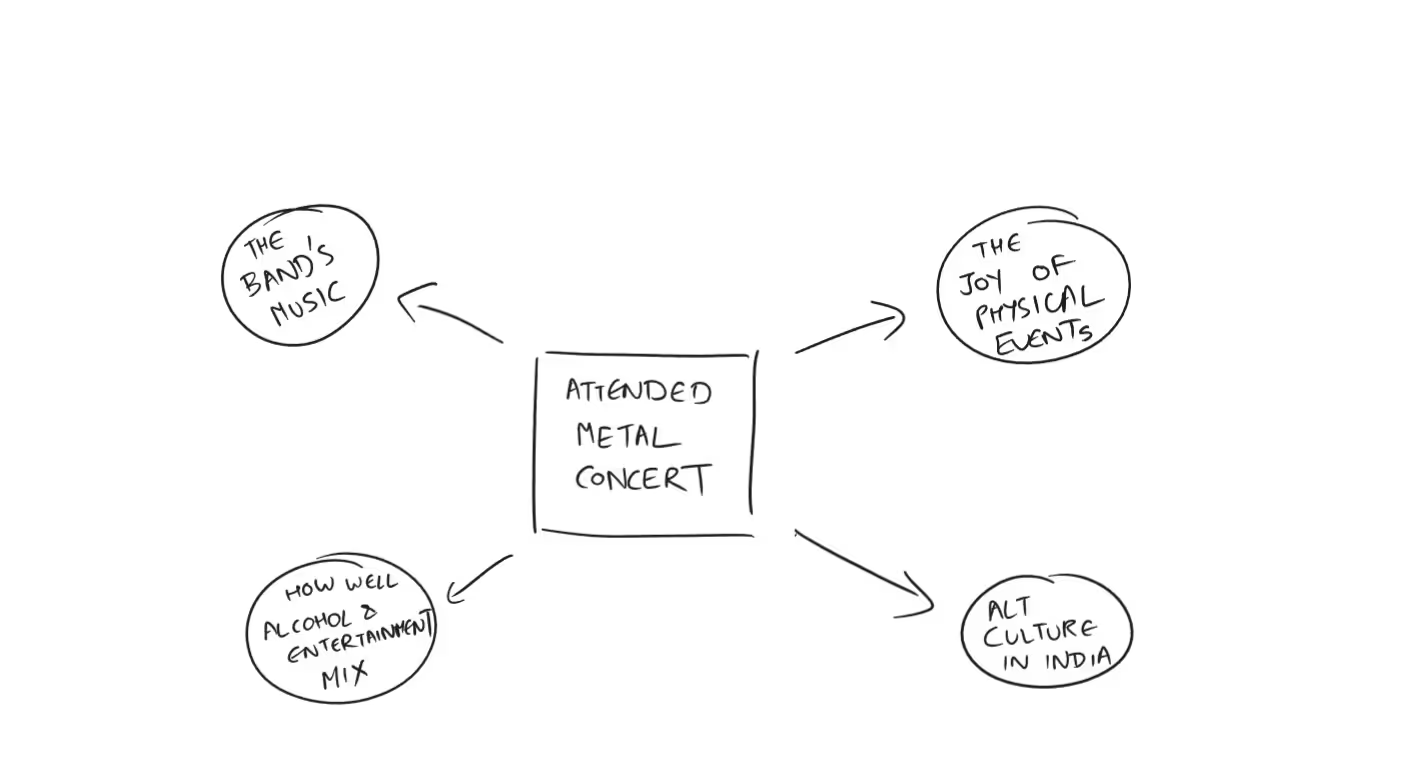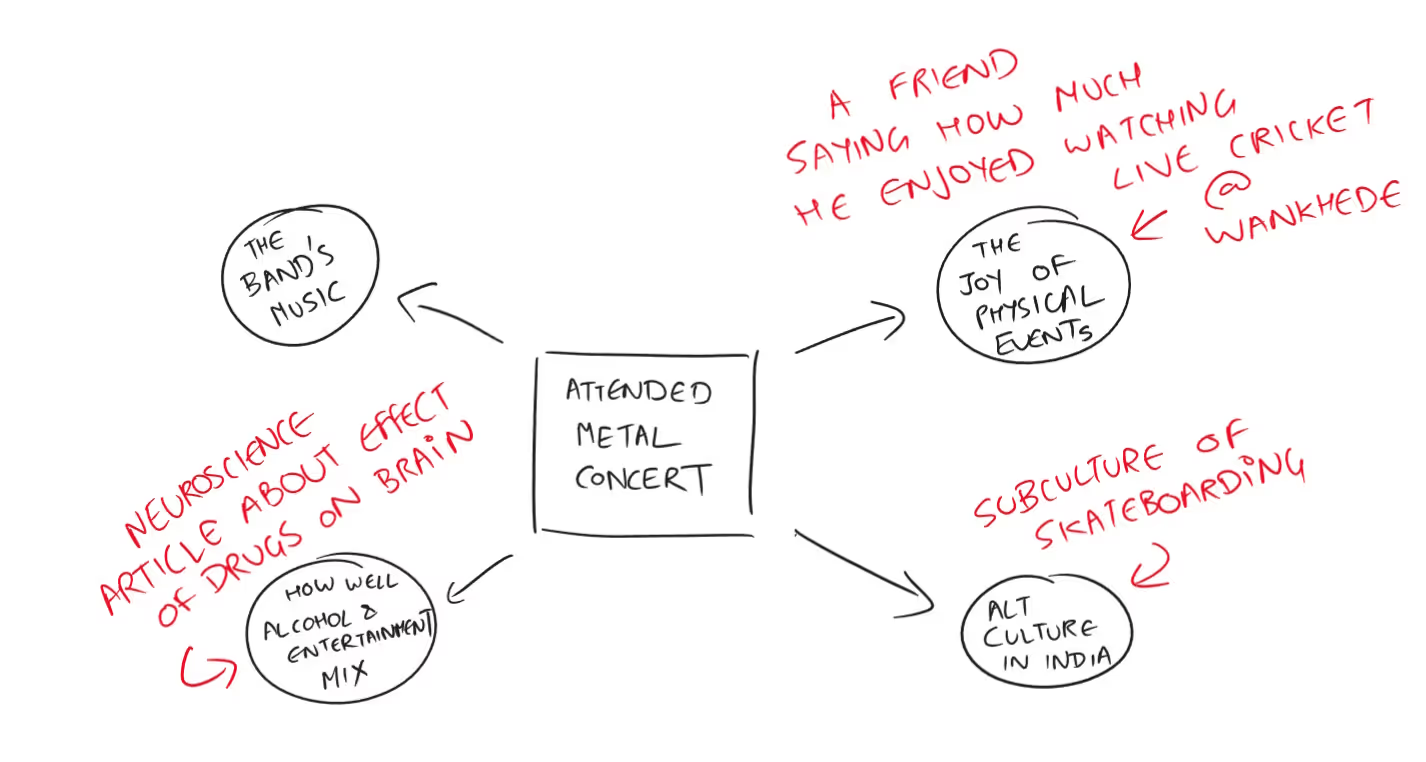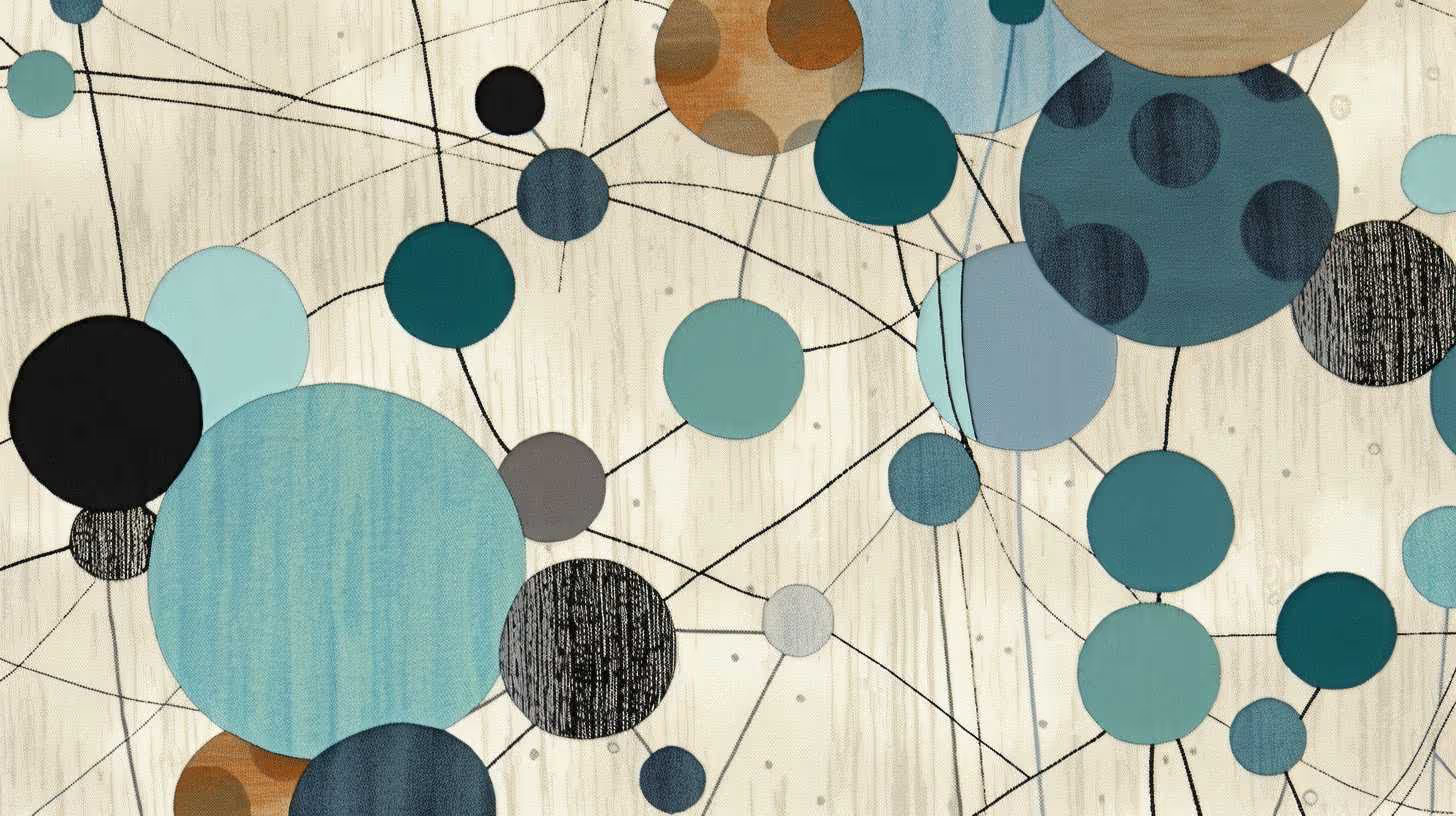
A long time ago, when I was a young(ish) lad peddling my trade in advertising, I was working on a pitch for a sports media brand. Alas, our hard work ended up being for naught, but a junior colleague gave me this stirring consolation: “we may not have won the account but at least you learnt a little more about F1”. We laughed because it was true - I would go around the office for the next month saying “Verstappen is the future” for anyone who would care to listen.
That story might be semi-fictional, but it solidified a thought floating around in my head at the time: Anything that you do gives you multiple takeaways, if you care to search for them.
What did working on a sports brand give me?

So by doing one thing and being a little more observant, you get more than one outcome. Sweet! Granted, it’s not like that was a brilliant insight or anything, but as someone who wanted to be productive while being lazy, it felt like I stumbled upon the ultimate life hack.
I do believe that collecting as many “dots” early on in one’s working life is beneficial. A memorable piece of advice I once received was - set yourself up to make as many mistakes as possible in your 20s - which means you will end up with a wealth of lived wisdom that will be damn useful when you’re in your 30s. But wait, I’m getting ahead of myself.
Okay, so what is a ‘dot’?
It’s a little hard to define, but I’d say any new data point in your head that comes about as a result of a new experience, interaction or piece of content you consume - which might be of use later - is a dot. A practical way of thinking about it: What all topics are you a little more qualified to talk about after doing or experiencing something? Some will be obvious, some less so but equally useful.
I gave you one example above, so here’s another - far removed from a professional context.
After attending that metal concert, what am I a little more qualified to speak about?

(Caveat: A lot of dot collection is retrospective, please don’t be so nerdy at a rock show).
Gosh, so that’s four strands of completely separate thought - all coming from attending one event. Things become even more interesting when you do something else, completely different from the sweat and headbang of a metal show, which gives you a ‘connected dot’. For example…

That’s fun, and a bit addictive too. It’s almost like everything that you experience or watch can be broken down into constituent dots - and it’s enriching just connecting various ones from completely different sources.
Collecting dots - an annoying way of saying go out, do more things, speak to more people, put yourself in interesting situations - has several benefits. I believe you should spend your 20s blindly collecting dots, and use your 30s connecting them. At least, that’s how I retro-justify some things I’ve done when I was younger.
- It’s good for the brain. Actually, studies have shown that new experiences lead to fired-up neurons and new connections (dots literally being joined in your head!), keeping your noggin active and young. Learning a new language or musical instrument neurologically changes your brain - again, a benefit beyond the new skills’ functional ones.
- It helps you later in life. You never know what intersections might come up in life. I used to attend music festivals, and I used to work in marketing. A friend working in events asked me to join the company he worked at… marketing music festivals (woot!). Consuming various kinds of media and thinking of their meta-lessons made it easy for me to develop a course on digital content. Making meta-connections has helped me formulate my own theories in marketing which has helped when speaking to potential clients who appreciate a different point of view. So whether it’s just a dopamine kick out of eking out your own new insight, or a more significant professional one, having a rich, diverse base of dots will have benefits later. And really - you never know what opportunities may come your way - success is hardly organic or predictable.
- It keeps life (and you!) interesting. I’ve always admired those who are multifaceted and able to transpose principles from one space to another. A great example of this is Krish Ashok - who went from humour blogger to meme-maker to innovative musician to (now) bestselling author and food myth debunker… All while having a full-time senior job at a major technology company. All this might seem schizophrenic, but if you go through interviews he’s done (I recommend this one) he has the same broad framework to all his projects - from the philosophical outlook to how he looks at success.Similarly, I’ve had some fascinating conversations with my friend Utsav, who runs the brilliant slow travel-based podcast, Postcards From Nowhere, where we’ve found common meta-lessons on enjoyment of traveling and listening to music - this gave me a small framework which I’m trying to expand to a full content project. The point I’m making with these two examples is this: leading a one-track mind is not just boring, it limits your worldview. I for one think I’ve become a better marketer because of my love for watching several random YouTube channels, rather than looking at just marketing case studies (I mean, do you really want to have a bar conversation with someone whose LinkedIn headline is “passionate about CRM software”?)
And finally, at a more philosophical level - when you put all these together - I think joining dots helps you find your definition of success, happiness and joy. One cricket writer who I interviewed recently spoke about the sheer joy he would feel when he made his own connection in his head while memorising random cricket scorecards - which helped him find what he loved about the sport. Pausing to think about what kind of music you like, movies you like AND people you admire by breaking it down to dots might help you - more than any intoxicant - find yourself.
If you’ve read this far, then you’re probably on board with the idea of collecting dots. Great. The best part is, this is super simple to do. So here are a couple of tips from me.
- Consciously put yourself in situations where you’re able to collect more dots: Should you give that new music genre a try? Should you go on your first trek? Should you get out of your comfort zone and meet that girl with different interests you matched with? Should you go for that pottery workshop on the weekend your enthu roomie asked you to join in? Should you finally try a Hawaiian pizza? Should you go on a solo trip? Should you read one long article every day? The answer is yes. You may never do it again - but you’ve tried it, learnt a little bit more about yourself, have stories to tell, and finally will know where you stand on pineapple-meets-pepperoni.
- Be more mindful and observant: This is the harder part, really - especially in the day of social media where distraction is just a swipe away. When you do something - anything - reflect on it. Did you enjoy that trek? What parts of the pottery experience bored you, but what if done for a different art form may you like? What things about your date pleasantly surprised you? Would you go on another solo trip? What are the common strands connecting the articles you liked? All this helps form and connect dots. For some folks, journaling helps, for some using tools like Notion and Roam Research does. For others - me included - it’s just a lot of thinking, and giving the brain space to breathe (staring at sunsets, working out, swimming… All help).
So go on. Blindly collect dots. Build up a whole pile of ‘em. And then, once you’re able to reflect, connect them. See what gives you joy. See what new theories you’re able to come up with. Find yourself.
“Time you enjoy wasting, was not wasted.” - John Lennon
***


.svg)







.avif)


.png)



.png)



.svg)
